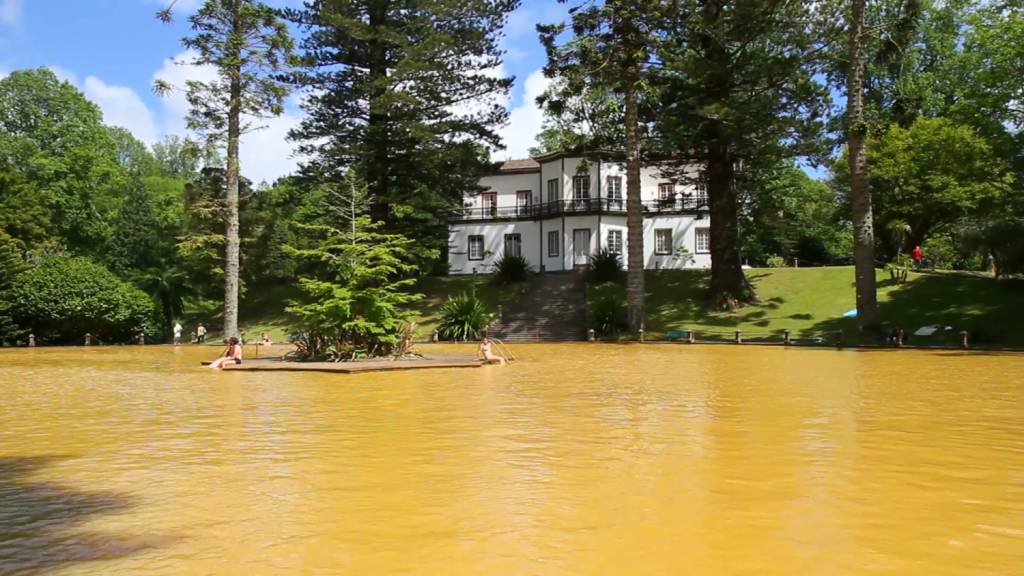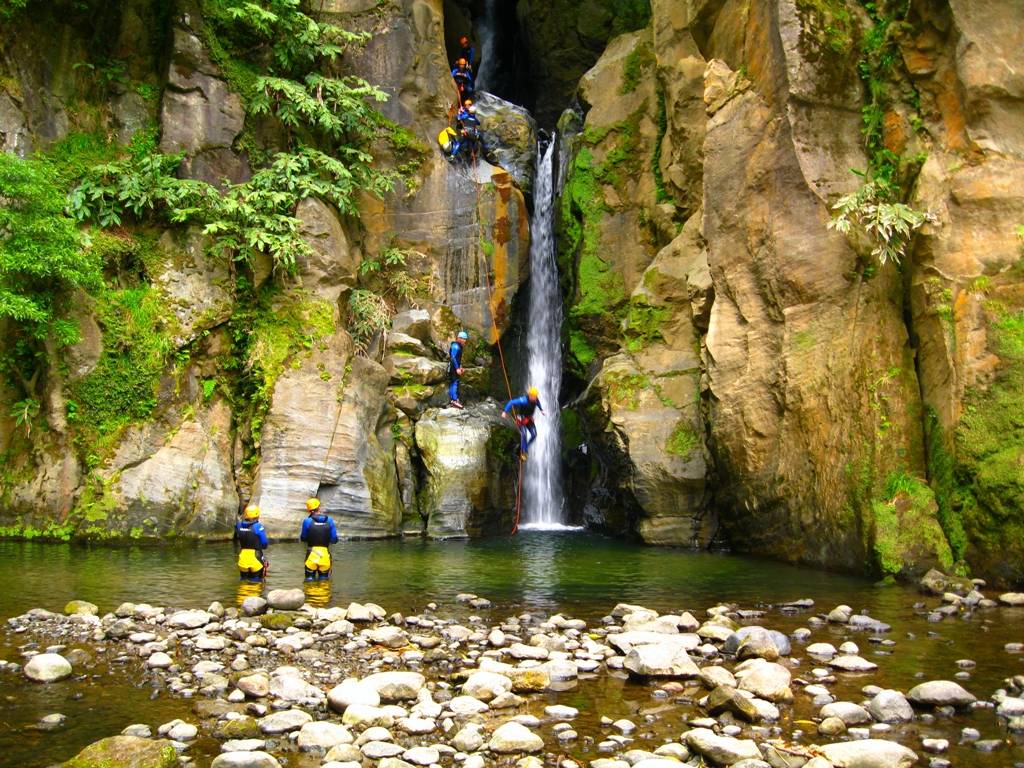Fábrica De Chá Gorreana
Fábrica De Chá Gorreana: Tours & Experiences
Have you ever been to Fábrica De Chá Gorreana?
Some scholars argue that Camellia sinensis, a plant that is the source of green tea and black tea, was introduced in the Azores, especially in São Miguel in 1750, carried by the ships returning from the East. It is also known of its cultivation on the island of Terceira, from which a shipment to Lisbon in 1801 was sent.
Discovered by the Portuguese and brought to Europe at the time of the Discoveries, tea has become fashionable among the European aristocracy, thirsting for luxury and exoticism. Its trade was disputed by Dutch, French and British, who detained its monopoly. Until the 19th century, tea consumed in Europe was imported, first from China, after India.
Documentally, tea seeds were introduced to São Miguel by the hands of the miquelense Jacinto Leite, commander of the Royal Guard of João VI of Portugal, returned from Brazil around 1820. The mild climate of the island, with well distributed rains along the year, absence of frost and little intense sunshine proved to be ideal for planting and development.














